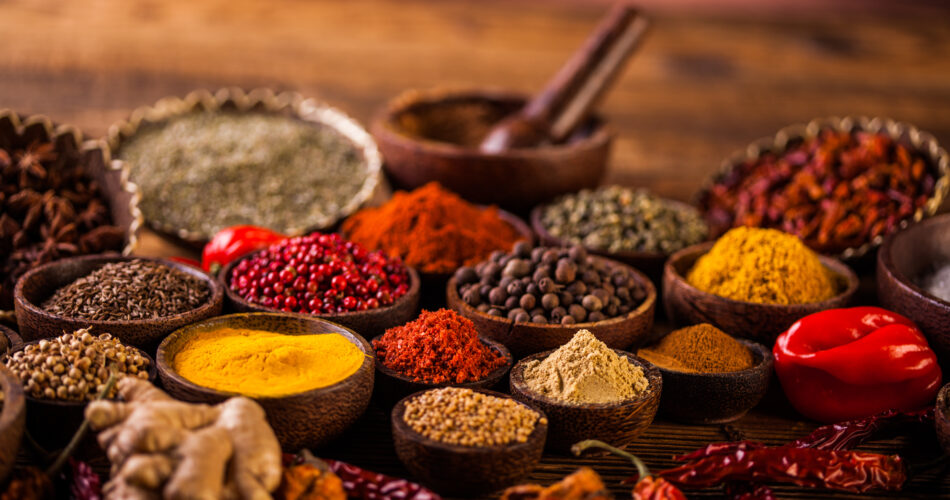The good old days. Remember the time when your grandma used to have kitchen-ready remedies for every disease or injury? Whether it was a wound or seasonal flu, “dadi ke nuskhe” were the solution to every problem.
Well, these were the traditional remedies that have survived the signs of time and are here today to inspire modern medicine. In this blog, we’ll look at the remarkable progression of Indian folk cures from Grandma’s cupboard to contemporary medicine.
Common remedies from grandma’s kitchen and modern science’s acknowledgement
These natural remedies, straight from grandma’s kitchen, have been as effective now as they have been before. Even modern medicine agrees, all the reason why it has seeked inspiration from these traditional sources.
The scientific and medical sectors have become more interested in Indian home treatments recently. Many of these customary practices have been supported by research, which also emphasised their potential health advantages.
Let’s explore.
Turmeric and milk for cough and cold:
A warm glass of milk with a pinch of turmeric added has been used in traditional medicine as a household remedy for soothing a sore throat, relieving congestion, and reducing coughing. The anti-inflammatory effects of turmeric aid in clearing congestion and reducing discomfort.
What modern medicine has to say about the remedy:
Turmeric milk, also known as golden milk, contains an active ingredient curcumin. Modern studies reveal that turmeric is a potent antioxidant and anti-inflammatory agent. This compound has received substantial attention in modern research for the treatment of various diseases. Today, it can be found in many medicinal products and dietary supplements.
Ginger and honey for digestion:
The juice of ginger with honey is a tried and tested treatment for promoting healthy digestion and reducing motion sickness. After large meals, people frequently have this concoction to aid digestion.
What modern medicine has to say about the remedy:
Several studies have revealed the anti‐inflammatory, antioxidant, antitumor, and antiulcer effects of ginger. Honey, also known as nature’s liquid gold, helps to instantly soothe the throat and has powerful antibacterial properties. There are now ginger-based medicines and supplements that ensure that food doesn’t linger as long in the gut.
Neem for skin conditions:
Neem is famous in Ayurvedic texts for its magical effect on the skin. For years, neem has been referred to as “a wonder herb” to enhance the well-being of several body parts such as skin, hair and blood, among others.
What modern medicine has to say about the remedy:
Neem has gained attention from modern medicine and infectious disease researchers for its notable antioxidant and antimicrobial properties. Modern research confirms neem’s curative powers in case of many skin problems. Preparations from the leaves or oils of the tree are increasingly making their way into contemporary cosmetics and dental care products.
Clove oil for toothache:
Clove oil has been grandma’s favourite recipe for treating toothache. Applying a drop of clove oil to a sore tooth can offer momentary relief from discomfort until professional dental care is sought.
What modern medicine has to say about the remedy:
According to studies, clove oil includes the active component eugenol, a natural anesthetic. There is evidence that the eugenol in clove oil is effective at fighting several known oral bacteria and reducing oral discomfort. Medicines containing eugenol are widely used in dentistry.
Integration into modern healthcare
Ayurveda and yoga are two examples of holistic medical practices that have been incorporated into modern healthcare, in addition to the use of specific ingredients of Indian home remedies. Particularly Ayurveda has been well known throughout the world for its all-encompassing approach to wellness that integrates diet, lifestyle, and herbal medicines.
Dosha balance and individualised wellbeing are two ayurvedic principles that are increasingly being applied into conventional medical procedures. Ayurvedic consultations and therapies are available alongside conventional treatments in integrative medicine clinics and wellness facilities.
In addition, yoga, a different traditional Indian practice, has gained popularity throughout the world for its advantages to both physical and mental health. Today, yoga is a suggested supplementary therapy for illnesses ranging from mental disorders to chronic pain.
Challenges and caution
Indian home remedies provide a plethora of organic cures, but it’s important to use caution and not consider them a replacement for qualified medical guidance and care. Among the difficulties and things to think about are:
Lack of standardisation:
Depending on aspects including sourcing, preparation, and dose, the effectiveness of herbal treatments might vary greatly. Traditional treatments have a hard time being standardised.
Allergic response:
Natural therapies can still result in allergic responses or interfere with prescription drugs. Before incorporating them into your regular healthcare regimen, it’s critical to speak with a healthcare practitioner.
Closing thoughts
Indian home remedies are deeply established in tradition and reinforced by centuries of wisdom and continue to play an important part in modern healthcare. Their acceptance into mainstream medicine attests to their efficacy. However, it is critical to approach them with caution and to seek professional medical guidance as necessary. We may unlock the full potential of these age-old cures for enhanced health and well-being by balancing traditional wisdom with modern science.




